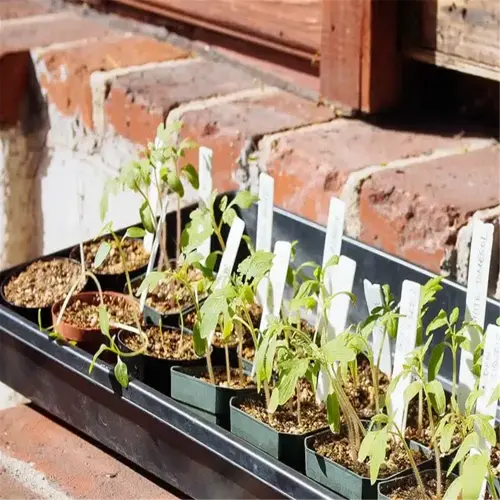How often should I water indoor herbs?

Written by
Michael Sullivan
Reviewed by
Prof. Samuel Fitzgerald, Ph.D.Irrigation for indoor herbs is a process of meeting plant growth requirements and a controlled environment. Mediterranean-type herbs, such as rosemary... prefer to dry out between waterings, while mint... is best kept moist. I lost my first oregano plant because I let plants rest for a week. Now I put my finger into the soil approximately 1 inch deep before I think about watering.
Finger Test
- Insert finger 2 inches into soil
- Water only if dry at root level
- Avoid surface-level moisture deception
Moisture Meter
- Probe roots for accurate readings
- Calibrate for herb-specific preferences
- Inexpensive tool prevents guesswork
Seasons change our need for a watering regimen. The heat of winter dries out the soil quickly, and my thyme plants, which were by the radiators, required watering two times per week. Meanwhile, the humid summer months will allow the Mediterranean herbs to go 3 weeks without water. I have recorded patterns of change in a gardening journal or on a simple chart you create from a spreadsheet program.
Overwatered Herbs
- Remove from pot, trim rotten roots
- Repot in dry cactus/succulent mix
- Withhold water for 7-10 days
Underwatered Herbs
- Soak pot in water for 15 minutes
- Mist leaves daily for 1 week
- Mulch soil to retain moisture
To get started, use herbs that are forgiving types like thyme to help visualize the intuitiveness of your watering practice. Because their decline is gradual, you will have time to make changes if things go wrong. Once you feel comfortable, you can move on to more finicky types. Your herbs will tell you what they need, and if you learn their language, you'll soon be enjoying them year-round.
Read the full article: Growing Herbs Indoors: The Ultimate Beginner's Guide

